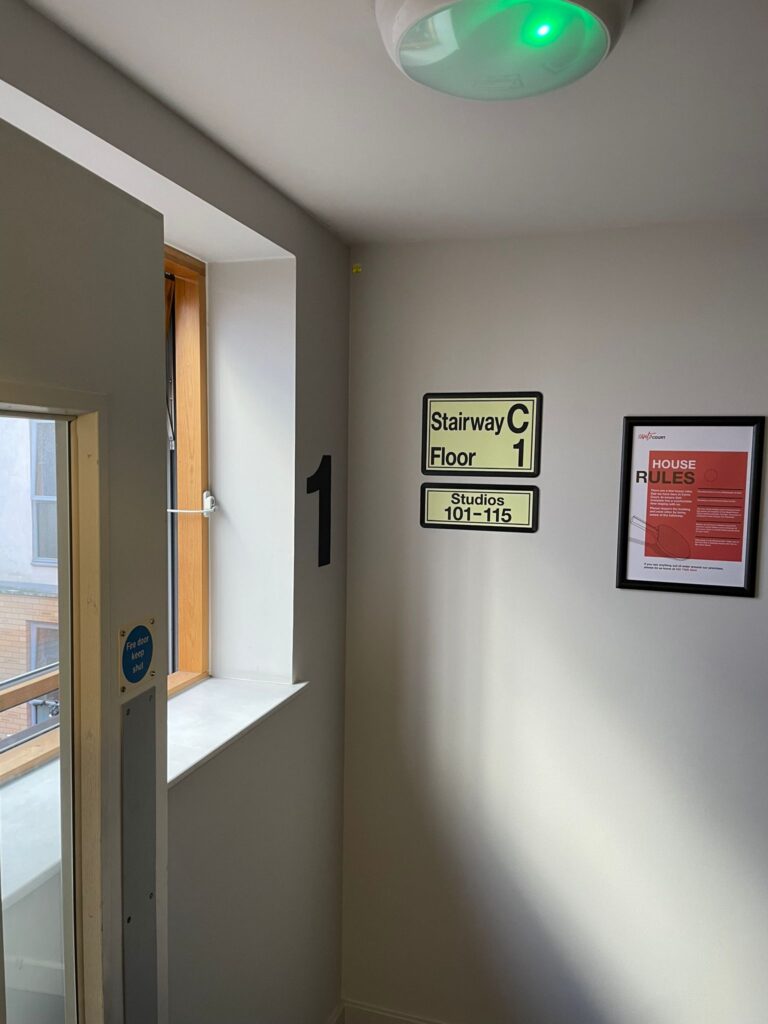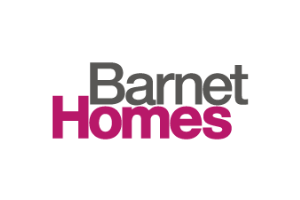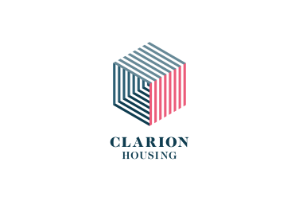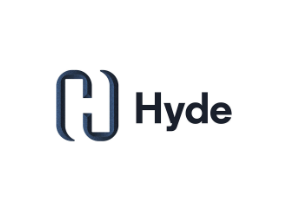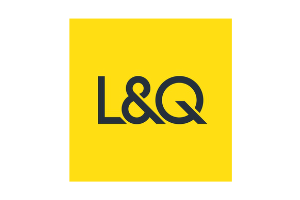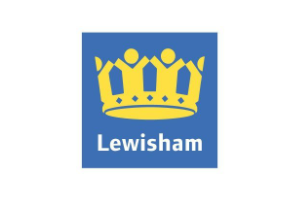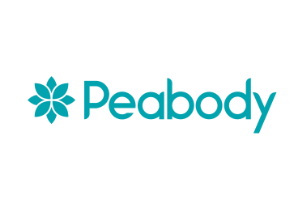Lite-4-Life - FAQ's
All you need to know, contact us today for further information.


Slide 1
FAQ's
Photoluminescent – FAQ
Absolutely, there is an urban myth within the fire safety industry that photoluminescent doesn't charge under LED lighting, this is not the case, Photoluminescent signage is adequately charged under LED, the photos and videos of Photoluminescent signage in darkness within our website have all been charged by LED lights.
Photoluminescent signs are made of materials that contain phosphorus pigments, typically strontium aluminate. These pigments are highly efficient at absorbing and retaining light energy.
Photoluminescent signage works by absorbing and storing ambient light energy, typically from natural sunlight or artificial light sources, and then emitting it as visible light when the surrounding environment becomes dark or dim. These signs are commonly used for safety and emergency purposes because they remain visible even in complete darkness without requiring an external power source.
Yes, we can produce signs in any size and design.
Yes, we can produce signage with company logos, your own wording, colours, finishing, shape and design that is required.
Yes, we pride ourselves on our fitting service, we are one of the only companies that manufactures and fits fire safety signage whilst taking full design responsibility.
Over the many years of designing and fitting safety signage, we have discovered that where signs are fitted directly to the wall, the edges tend to curl which makes them unsightly, and also increases the likelihood of them being pulled off wall, or in some cases set light to with a cigarette lighter or similar. Our bespoke frame design prevents the signs from curling on the edges and reduces the chances of the sign being pulled off and fire setting.
Yes, we are the largest supplier and installer of wayfinding signage for buildings that fall within the standards and regulations above. We are known for our speedy turnaround of surveying, manufacturing and fitting within 3 to 5 days.
We tend to always adhere our signage with a high tack polymer so you are unable to see unsightly screw heads. There are rare occasions where we are asked to mechanically fix signs on walls, and this is predominantly where high levels of anti-social behaviour exists in the building.
Yes, It is mandatory for escape route signage to be a minimum of 50% green with a clear contrast for letters and symbols usually white or photoluminescent. However, we have a produced a reverse keyline fire escape sign, to which we believe is far more aesthetically pleasing and satisfies the requirements of the NFPA guidance, and as per the recommendations by Dame Judith Hackett to adopt international standards and standards of the other highly regulated industries.
To ensure you fit the correct signs and notices in your building you would need to refer to British Standard 5499 part 4 and part 10. However, individual interpretation of these standards can sometimes lead to a non-conforming building, therefore it is better to seek professional advice before attempting to fit signs yourself. Wayfinding signage does not necessarily have its own British Standard, but is summarised in Approved Document B. However, this is not so straight forward as no two buildings are the same, and the majority of the signs are bespoke. Again, it is best practice to seek professional advice when installing wayfinding signage to ensure compliance.
